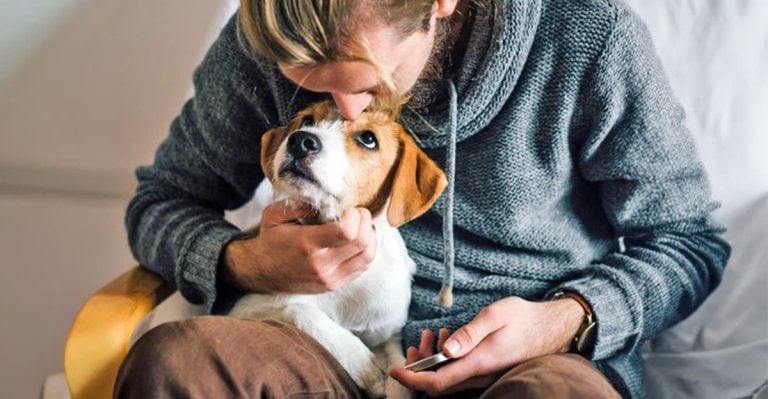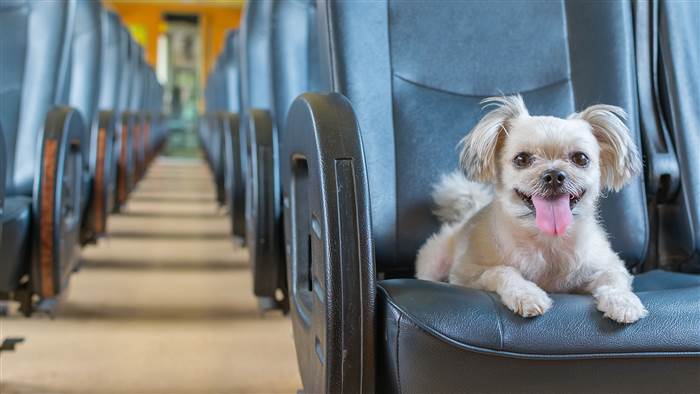15 Worst Dog Training Habits You Might Not Notice

Training your dog is essential, but even well-meaning owners often make mistakes. These mistakes can lead to confusion or anxiety in dogs and even make them aggressive. But we know you love your dog and want to be better for them. So, recognize and correct these mistakes to improve your bond as well as their behavior.
Skipping Early Socialization

In the early months, dogs should meet people and other pets and be taken to new environments. Socializing your puppy when they are 3 to 14 weeks old builds a balanced behavior. Missing this window can cause lifelong fear or aggression.
Punishing After The Mischief
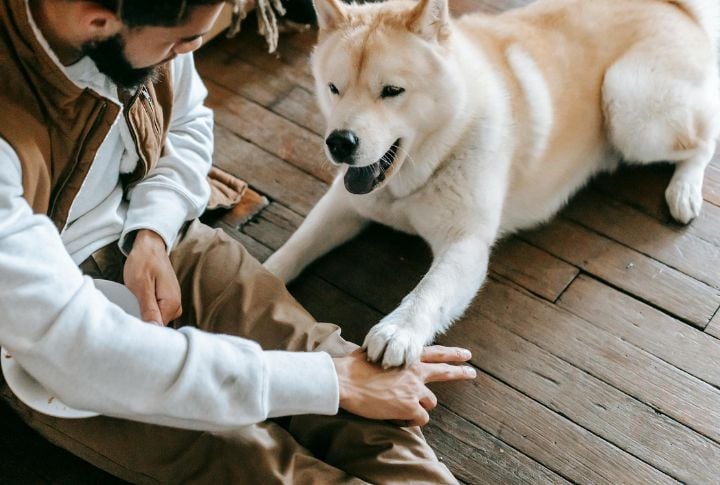
Yelling at your dog after they have made a mess won’t teach your dog not to repeat it, but only confuse them. Punishment after doing the deed leads to fear and not understanding. Instead, focus on redirecting behavior as it’s happening.
Giving Inconsistent Commands

Do not use different words to give the same command to your dog. This creates confusion amongst them, and dogs thrive on consistency. Unlike humans, they don’t generalize language easily. Pick one term to carry out one action and stick to it.
Ignoring Bad Behaviors
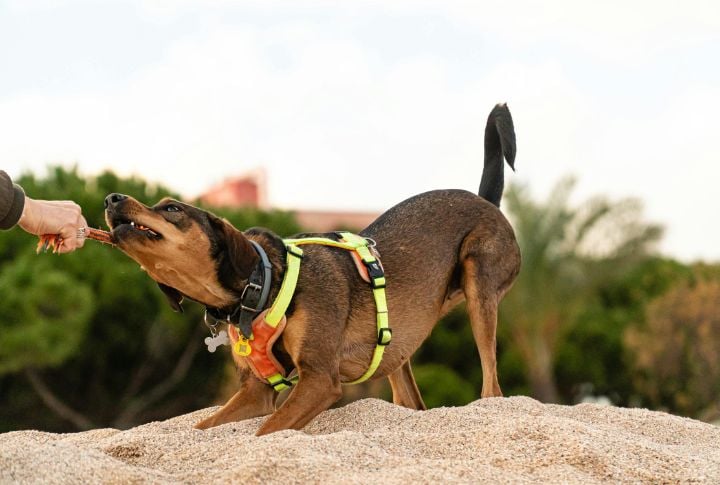
Letting minor misbehavior or aggressive habits slide often leads to bigger issues. The longer you wait to correct these actions, the harder it gets. Address these problematic behaviors early using consistent and calm training techniques for better long-term results.
Overloading Of Commands
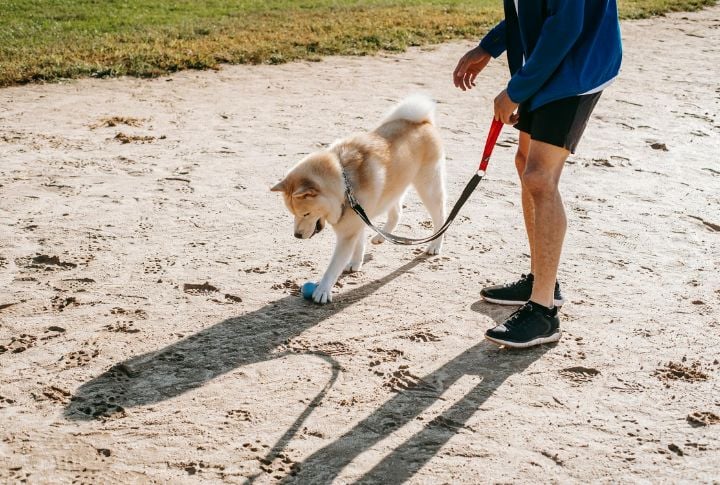
Multiple commands or instructions can be overwhelming for your dogs. This often leads to none being followed. Define each command clearly and communicate it slowly to your dog. Reward them before moving on if they execute the command correctly.
Using Harsh Tones
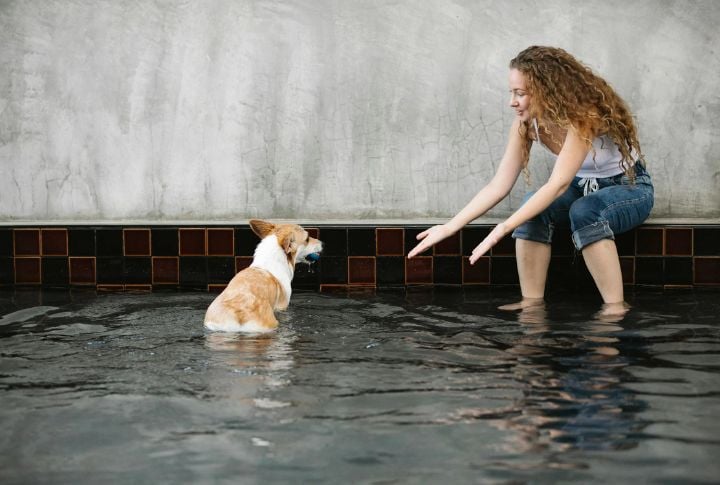
A booming and angry voice can sound threatening to your dog. Owners can seem intimidating to the dogs when they stand above and shout with clenched fists. Intimidation breeds fear, not trust. A calm yet firm tone fosters a safer training environment.
Grouping All Breeds The Same

Not all dogs learn from the same training methods. Some herding breeds crave direction, while others are more independent. Terriers love tasks, but toy breeds prefer gentler sessions. Tailoring the training methods by breed ensures your dog gets the training it needs most.
Rushing The Leash Process
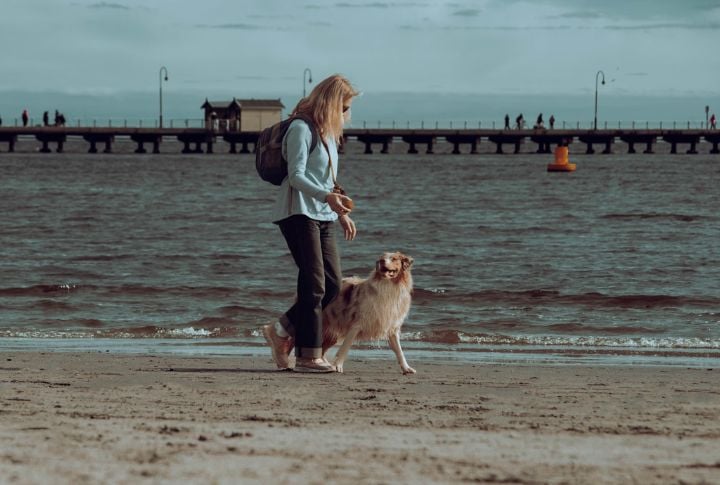
Some dogs pull the leash like sled teams. It is a common problem. Rushing early training can further intensify this habit. Rather, start with short and relaxed sessions indoors and reward loose-leash behavior. A calm beginning creates confident and leash-friendly dogs.
Skipping Reinforcement Steps

Effective training is built in layers. Introduce a command, steer their behavior, reward success, and, most importantly, repeat. Skipping one of these steps, like going from command to expectation without reward, disrupts the whole process and, in fact, slows learning.
Assuming They Know Better

Expecting your dog to behave without training is like handing a toddler car keys. They need instruction and supervision. Dogs don’t just know rules, they need repetition, guidance, and positive reinforcement to internalize what you expect.
Neglecting Mental Stimulation
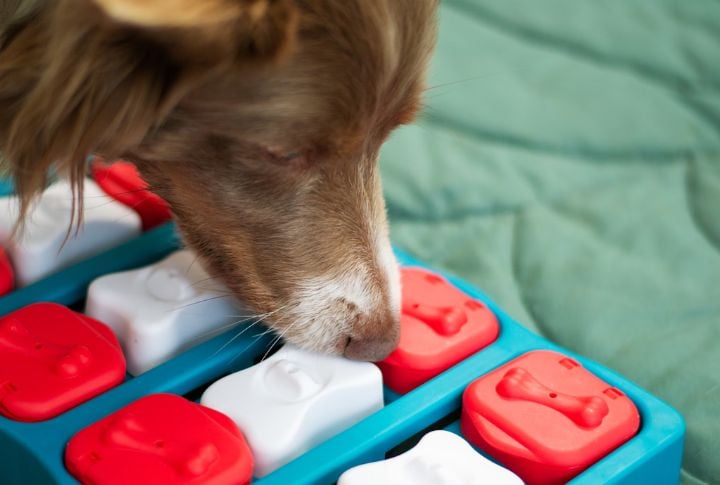
Studies show that dogs that do not get mental stimulation are more likely to develop anxiety behaviors. Training is not just for physical fitness. Games and puzzles help increase brain activity in dogs and keep their minds sharp to reduce destructive habits.
Expecting Instant Results

Your dog will not start listening to commands in a couple of tries. Realistically, the progress is slow. Training takes patience and involves repetition over days or weeks. An expectation for an overnight change often leads to frustration.
Giving Mixed Signals
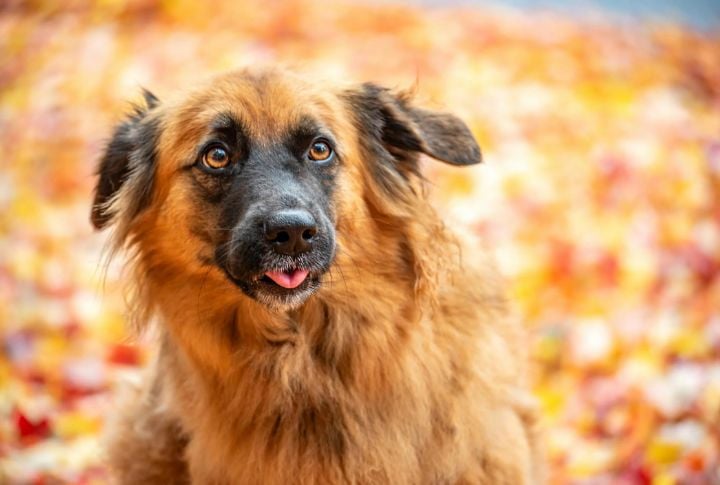
Dogs often get confused by mixed signals while interacting with owners. A stern no accompanied by a pat on the head or a laugh while scolding your dogs confuses them. They are unable to ascertain whether you are annoyed or happy with their actions.
Not Listening To Your Dog

Certain dogs don’t like being touched at some places on their body, even by their owners. Ignoring how your dog feels can lead to them feeling left out. Dogs communicate with body language. And ignoring these signs can escalate discomfort into aggression over time.
Pushing Physical Corrections
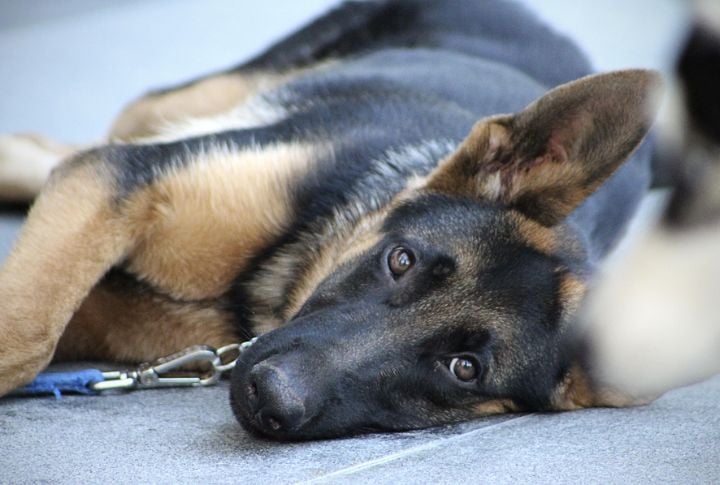
A tap on the nose or a yank on the leash may not be seen in the best light by your dogs. Physical punishments may damage your dog’s trust and make them more aggressive. Positive reinforcement is not just kinder. It works better, too.



